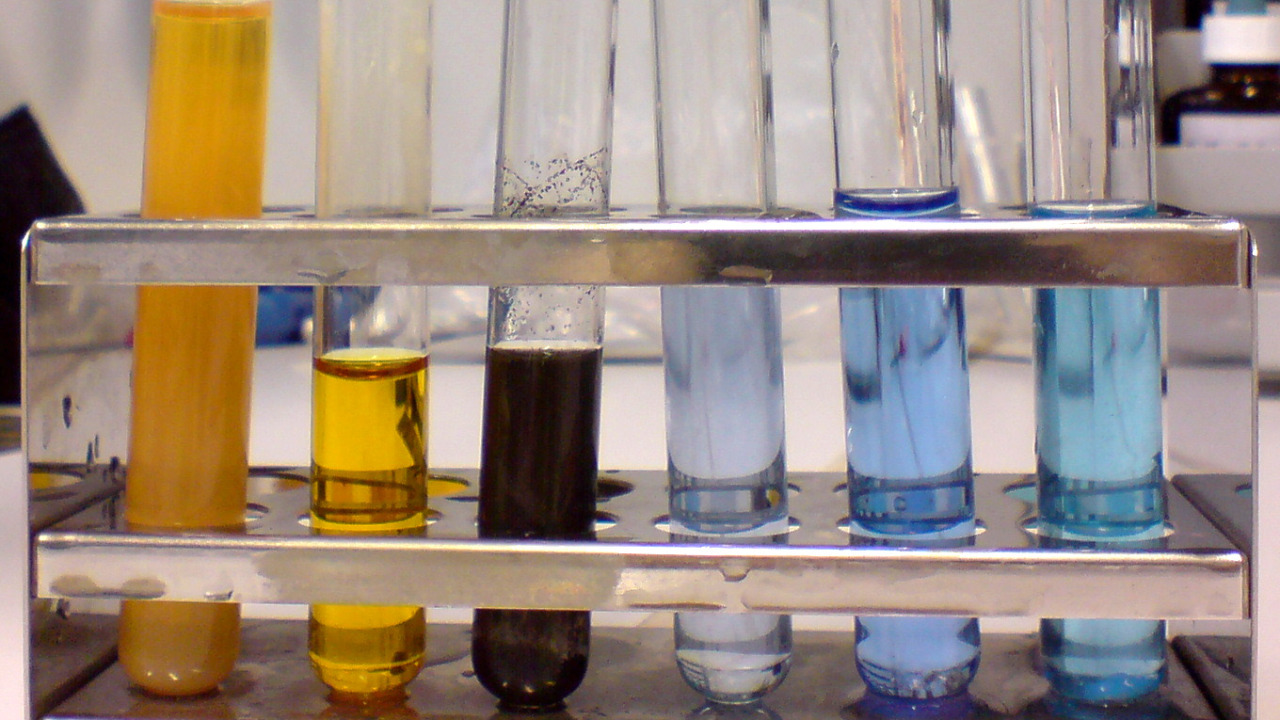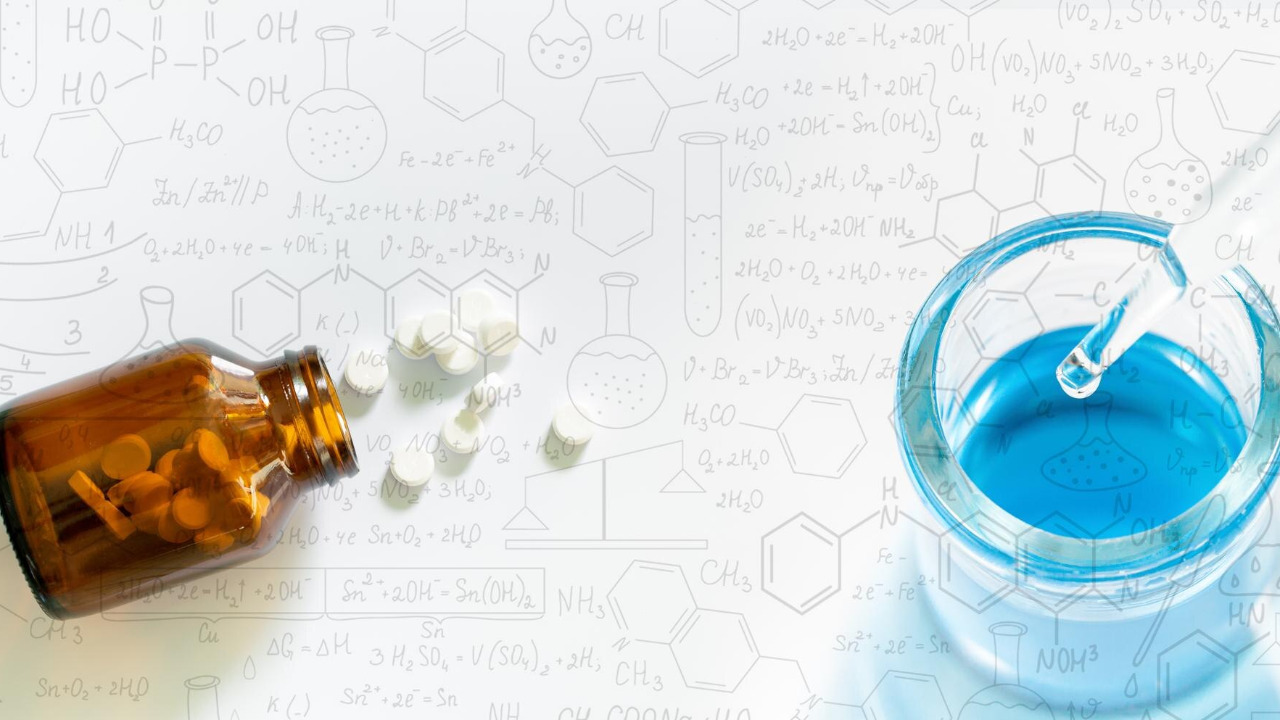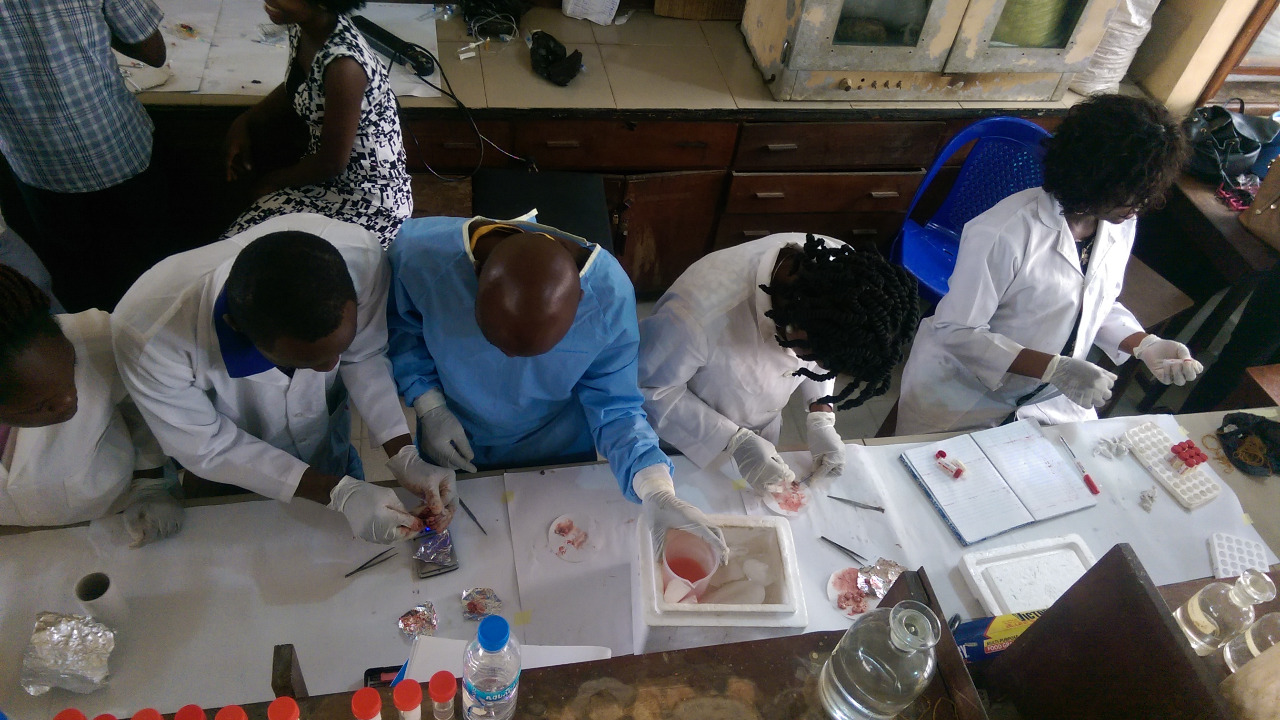
Chemists have recently achieved a significant breakthrough by using copper to crack the toughest bond in indole, a complex organic compound. This advancement holds immense potential for accelerating drug development and optimizing therapeutic solutions. By leveraging new methodologies, researchers are poised to unlock unprecedented possibilities in medicinal chemistry.
The Importance of Indole in Chemistry

Indole is a heterocyclic compound that forms the backbone of many natural products and pharmaceutical drugs. It consists of a benzene ring fused to a pyrrole ring, which together create a stable and intricate structure. Its significance in medicinal chemistry is substantial as it is a key component in the synthesis of numerous biologically active molecules, including serotonin and tryptophan. The rigid structure of indole, however, presents a formidable challenge in the field of drug synthesis, primarily due to its recalcitrant C-N bond.
The difficulty of breaking indole’s toughest bond has been a significant hurdle in developing new pharmaceuticals. Historically, chemists have struggled to manipulate this bond without compromising the integrity of the indole core. Previous attempts to break this bond have been met with limited success, often requiring harsh conditions or leading to unwanted by-products. Despite its challenges, the continued interest in indole stems from its ubiquitous presence in bioactive compounds and its potential to yield new therapeutic agents. This historical context underscores the importance of recent breakthroughs in overcoming these obstacles.
Innovative Use of Copper in Breaking Indole Bonds

Copper has emerged as a novel catalyst that enables the efficient cleavage of indole’s challenging bond. This breakthrough is a testament to the versatility of copper in chemical reactions, offering a more sustainable and cost-effective alternative to traditional methods. The role of copper centers around its ability to facilitate the breaking and forming of bonds by acting as an electron mediator. This capability is particularly beneficial in the context of indole, where the selective activation of the C-N bond is paramount.
The chemical mechanism by which copper exerts its influence involves the formation of a copper-indole complex. This complex destabilizes the otherwise robust C-N bond, allowing for its subsequent cleavage under mild conditions. When compared to previous catalysts used in indole chemistry, such as palladium or platinum, copper offers a distinct advantage due to its lower cost and reduced environmental impact. This advancement not only signifies a step forward in the field of organic synthesis but also opens the door for more accessible drug development pathways.
Implications for Drug Development

The ability to efficiently break indole’s toughest bond using copper catalysis has profound implications for the pharmaceutical industry. This breakthrough streamlines the synthesis of complex drug molecules, potentially reducing both time and cost associated with drug manufacturing. By simplifying the synthetic process, researchers can focus on optimizing the efficacy and safety profiles of new drugs. This efficiency is particularly crucial in the development of pharmaceuticals that target neurological and psychological disorders, where indole derivatives are often employed.
The potential for developing new pharmaceuticals with enhanced efficacy and reduced side effects is another exciting prospect. By leveraging this copper-catalyzed method, chemists can design molecules that are more selective in their action, minimizing off-target effects. For instance, drugs such as sumatriptan, used in treating migraines, or indomethacin, an anti-inflammatory agent, could benefit from this new approach. The enhanced control over molecular architecture afforded by this discovery allows for the fine-tuning of drug properties, potentially leading to groundbreaking therapeutic solutions.
Future Directions and Research Opportunities

This discovery opens numerous avenues for future research and development in organic synthesis. One potential area of exploration is the application of copper catalysis to other heterocyclic compounds with similarly challenging bonds. By expanding the scope of this methodology, researchers can tackle a broader range of chemical entities, further advancing the field of medicinal chemistry. Moreover, the collaborative potential between academic institutions and the pharmaceutical industry is immense, as both sectors stand to benefit from shared expertise and resources.
Looking ahead, predictions on how this advancement could influence future trends in organic synthesis are optimistic. The integration of copper catalysis into mainstream synthetic practices could revolutionize the production of pharmaceuticals, leading to more efficient and sustainable industrial processes. Researchers are also keen to explore the use of copper in tandem with other metals or catalysts, potentially enhancing reaction specificity and yield. These efforts could pave the way for innovative solutions to longstanding challenges in drug development.
Challenges and Considerations

Despite its promise, the application of copper catalysis in breaking indole bonds presents certain challenges that must be addressed. Scaling up this process for industrial applications requires careful consideration of technical and logistical factors. Ensuring that the reaction conditions can be replicated consistently on a larger scale is critical for commercial viability. Additionally, the environmental and economic impacts of using copper as a catalyst must be thoroughly assessed to ensure sustainable practices are maintained throughout the production cycle.
Ethical concerns and regulatory aspects related to new drug formulations developed via this method also warrant attention. As with any new chemical process, rigorous testing and validation are necessary to ensure the safety and efficacy of resulting pharmaceuticals. Regulatory bodies will need to evaluate these new compounds to ensure they meet established standards. By proactively addressing these considerations, the scientific community can facilitate the responsible integration of copper-catalyzed methods into the pharmaceutical landscape, ultimately benefiting patients and researchers alike.